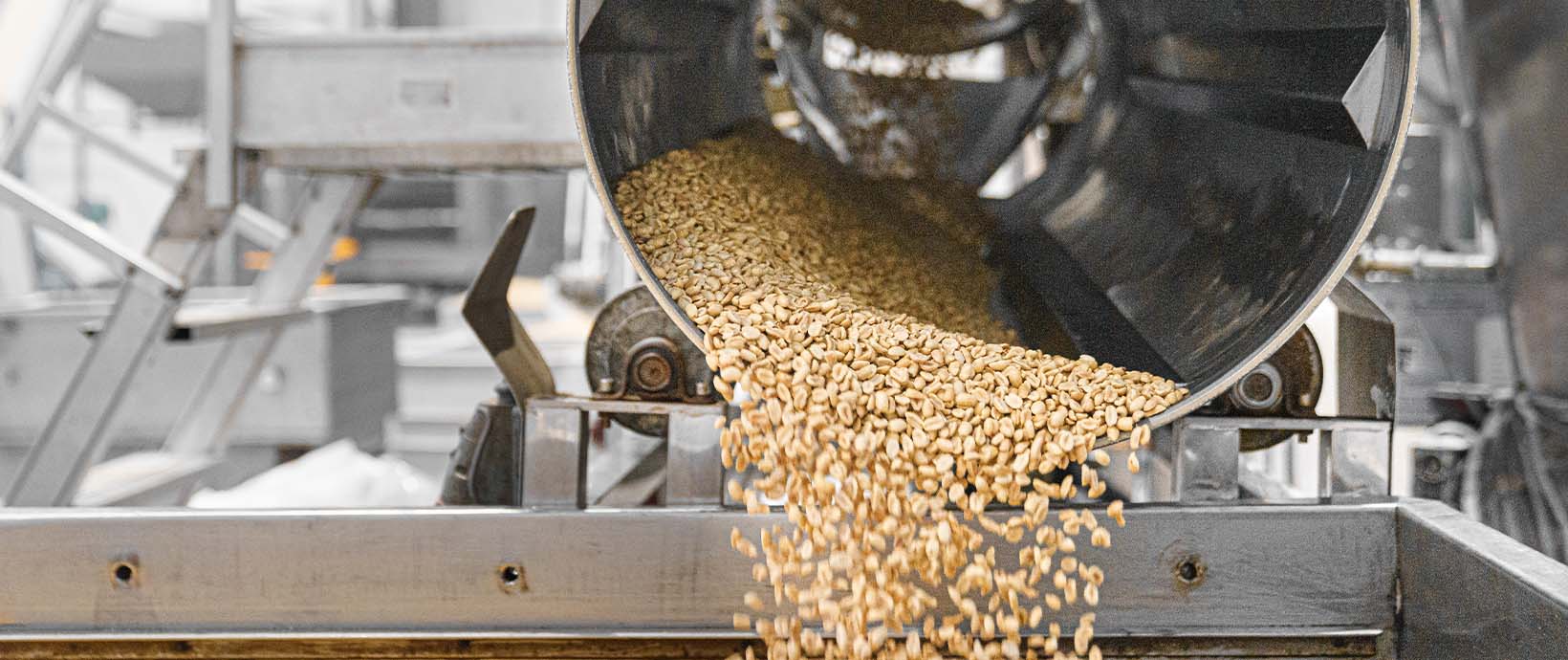Leveraging Knowledge Graphs for Governance in the AI Fabric
Ensuring compliance with governance rules and policies is one of the key challenges for data science and machine learning platforms. Governance rules are often buried in lengthy, complex documents. At Altair, we have a novel approach that leverages knowledge graphs as the central arbiter for compliance decisions.
The Altair® RapidMiner® data analytics and artificial intelligence (AI) platform facilities the creation of an AI fabric made of two foundational layers. The first layer is the data fabric, which blends an organization’s underlying data ecosystem into an integrated, harmonized, scalable knowledge graph. The second layer is the AI factory, which empowers users to easily design workflows to analyze and enrich data using ETL, traditional machine learning, and AI modules. These two layers’ tight integration brings significant advantages for maintaining compliance with governance rules and policies.

Building the Compliance Knowledge Graph
A data fabric can be extended to create knowledge graphs that store governance rules and policies. These rules — derived from laws, regulations, and internal policies — can be naturally represented as concepts and relationships within a graph. How? It begins with unstructured pipelines that process the corpus of governance documents. These pipelines operate in a distributed manner, leveraging a parallel, scalable processing framework—ideal for accommodating updates to regulations. Each pipeline features customizable annotators, ranging from simple tools like regular expressions to advanced natural language processing (NLP) techniques for extracting entities and relationships. These annotators will extract important rules such as “human oversight needed for access to high-risk data.”
The pipeline output is a knowledge graph dataset containing the extracted rules and relationships. This dataset is imported into the data fabric, where users can map, harmonize, and link it with other data sources to form a complete knowledge graph. For instance, the dataset can be integrated with a human resources database to define departments and users within a company. The final product is an “Operator Rules and Compliance Graphmart,” which serves as a central controller for the AI factory to enforce governance compliance in AI workflows and operations.
Creating AI Workflows with Compliance Integration
AI workflows then can naturally query not just for data but also for compliance information stored in the knowledge graph. Altair® CoPilot™, a conversational assistant that leverages knowledge graphs, is powered by such a workflow, which is seamlessly integrated with the data fabric.
Any agentic workflow can query the “Operator Rules and Compliance Graphmart” to ensure user requests align with organizational and national guidelines. For example, when an AI workflow requests data with addresses, names or other personally identifiable information, the response would include a trigger for human approval because of the flagged high-risk data. At flexible levels of granularity, from full datasets to individual data points, data access can be restricted, tagged, or categorized. Improper data requests are flagged and handled directly within the workflow, with detailed logging of metadata such as the user and associated regulations. These logs can be further stored in the data fabric for comprehensive compliance analysis.
The Future of Governance Compliance
By merging knowledge graphs created in the data fabric with AI workflows to create a complete AI fabric, Altair RapidMiner has created a robust system for ensuring governance compliance. This integrated approach not only ensures compliance but also empowers organizations to adapt swiftly to evolving regulatory landscapes.
To learn more about Altair RapidMiner, visit https://altair.com/altair-rapidminer.




